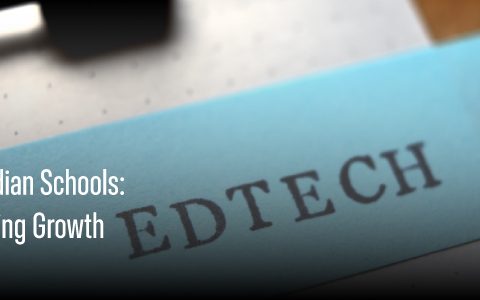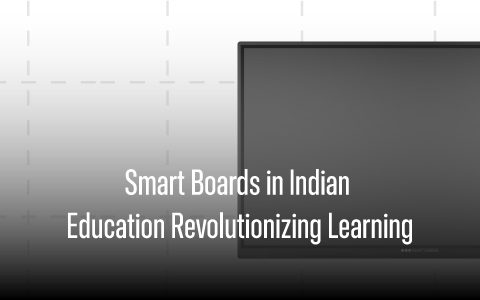
India’s classrooms are undergoing a revolution – not with chalk and duster, but with teaching tools powered by technology. From bustling metros to small towns, Indian teachers are redefining the learning experience using digital tools, interactive panels and smart class setups.
Have you ever wondered how teachers who once relied on blackboards are now confidently navigating Interactive Learning and online platforms? It’s a journey of adaptability, innovation and sheer passion for teaching. Let’s dive deep into how India’s educators are conquering modern teaching tools and transforming classrooms forever.
The Evolution of Teaching in India
For decades, Indian classrooms revolved around textbooks, chalk and verbal instruction. Teachers stood before crowded rooms, often improvising to make lessons come alive. Then came technology in education and the entire narrative began to shift.
From overhead projectors in the early 2000s to today’s interactive panels and smart classes, the evolution reflects how Indian educators have embraced progress. What once felt futuristic is now everyday reality.
The Rise of the Smart Class Concept
The smart class is the modern classroom reimagined. Equipped with interactive panels, multimedia content and internet connectivity, it helps teachers present lessons more dynamically.
Smart classes bridge the gap between theory and practice, transforming learning from rote memorization to conceptual clarity. Schools across India – from CBSE to state boards – are adopting smart class systems to make lessons more engaging and interactive.
How Teachers Are Adapting to New Tools
Change can be intimidating, but Indian teachers have risen to the challenge. Schools are organizing workshops and Edtech partners are conducting training sessions to make adoption smoother.
Teachers now confidently operate interactive panels, manage virtual classes and use cloud-based learning systems. The shift from chalk to click is complete and inspiring.
How Institutions Are Integrating Senses Interactive Panels?
Across India, educational institutions are taking strategic steps to integrate Senses Interactive Panels into their classrooms not as luxury items but as essential teaching tools.
- Upgrading Classrooms with Smart Infrastructure
Many schools and colleges are redesigning classrooms to include Senses Smart Boards as a central part of the learning experience. Instead of traditional boards, the panels are connected to computers, projectors and the internet, allowing seamless multimedia teaching.
- Customized Training for Teachers
Institutions partner with Senses and other Edtech providers to conduct in-depth training sessions. Teachers learn how to use annotation tools, record lectures and share lesson materials digitally.
For example, a teacher can save her board notes directly to Google Drive, making revisions easier for students later.
- Creating Collaborative Learning Environments
With multi-touch features, Senses Interactive Panels enable multiple students to solve problems simultaneously on-screen. This interactive style promotes collaboration and participation – two crucial aspects of modern education.
- Integration with School Management Systems (ERP & LMS)
Many schools are linking Senses Smart Boards with their Learning Management Systems. Teachers can display attendance dashboards, access student data and even assign homework – all from one integrated platform.
- Remote and Hybrid Learning Compatibility
In post-pandemic India, hybrid education is a must. Senses Interactive Panels support screen sharing, video conferencing and online lesson broadcasting – ensuring that even students at home feel part of the classroom.
- Real Results in the Classroom
Schools that have integrated Senses Smart Boards report increased student engagement, better visual learning outcomes and reduced teacher workload. Lessons once limited by time and resources are now interactive, dynamic and measurable.
This institutional-level integration proves one thing – technology in education isn’t a passing trend. It’s a permanent shift that’s making Indian classrooms smarter and more inclusive.
A Resilient Future for Indian Education
While challenges like infrastructure gaps, limited budgets and uneven access to training still exist, they are rapidly being overcome thanks to growing government initiatives and the rise of affordable technology providers like Microline. The true catalyst for change, however, is the remarkable resilience and adaptability of Indian teachers.
Their willingness to learn has proven to be more powerful than any limitation, transforming challenges into opportunities and conventional classrooms into vibrant creativity hubs. Equipped with tools like Senses Interactive Panels and other digital solutions, they are not just teaching a new curriculum; they are pioneering an era of technology integration to prepare a generation that is not merely educated but empowered for the future.



